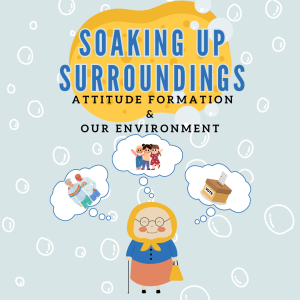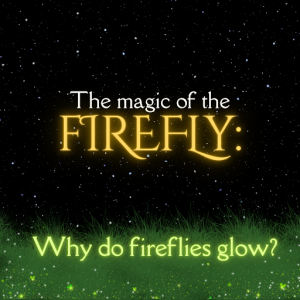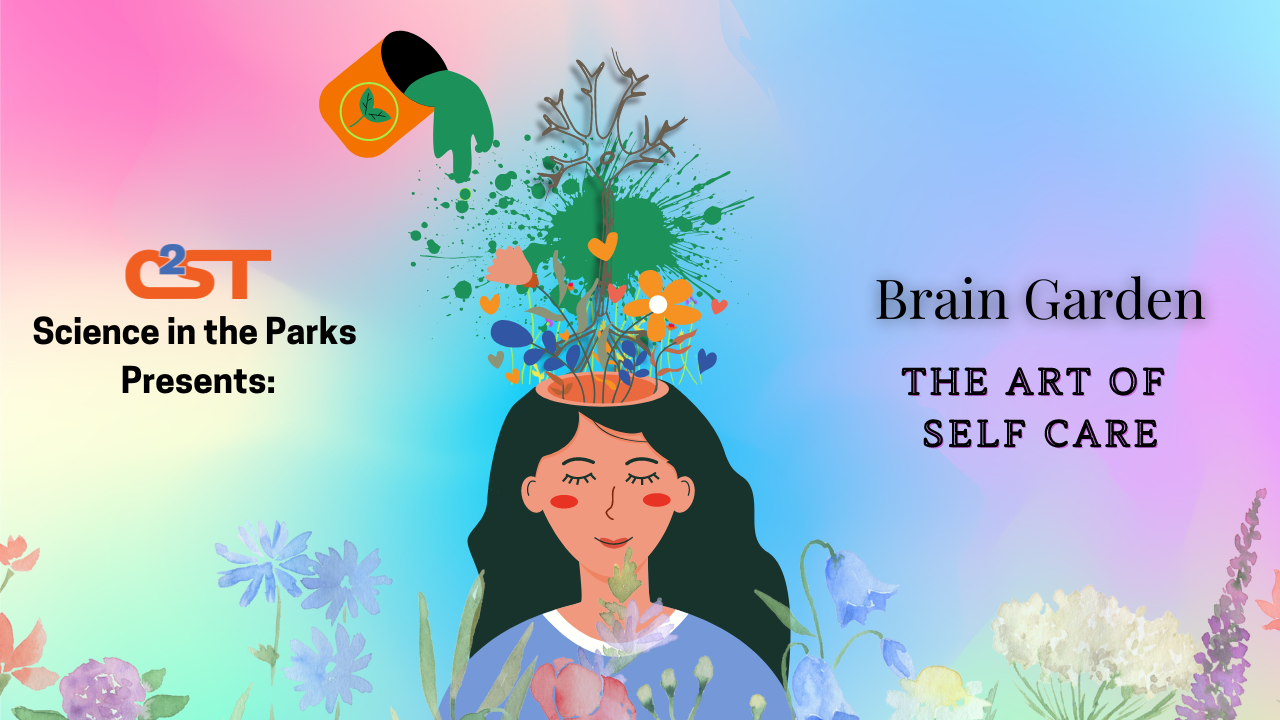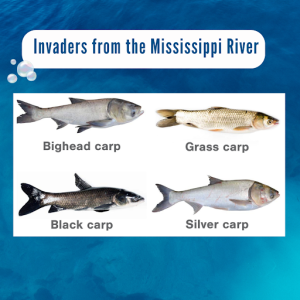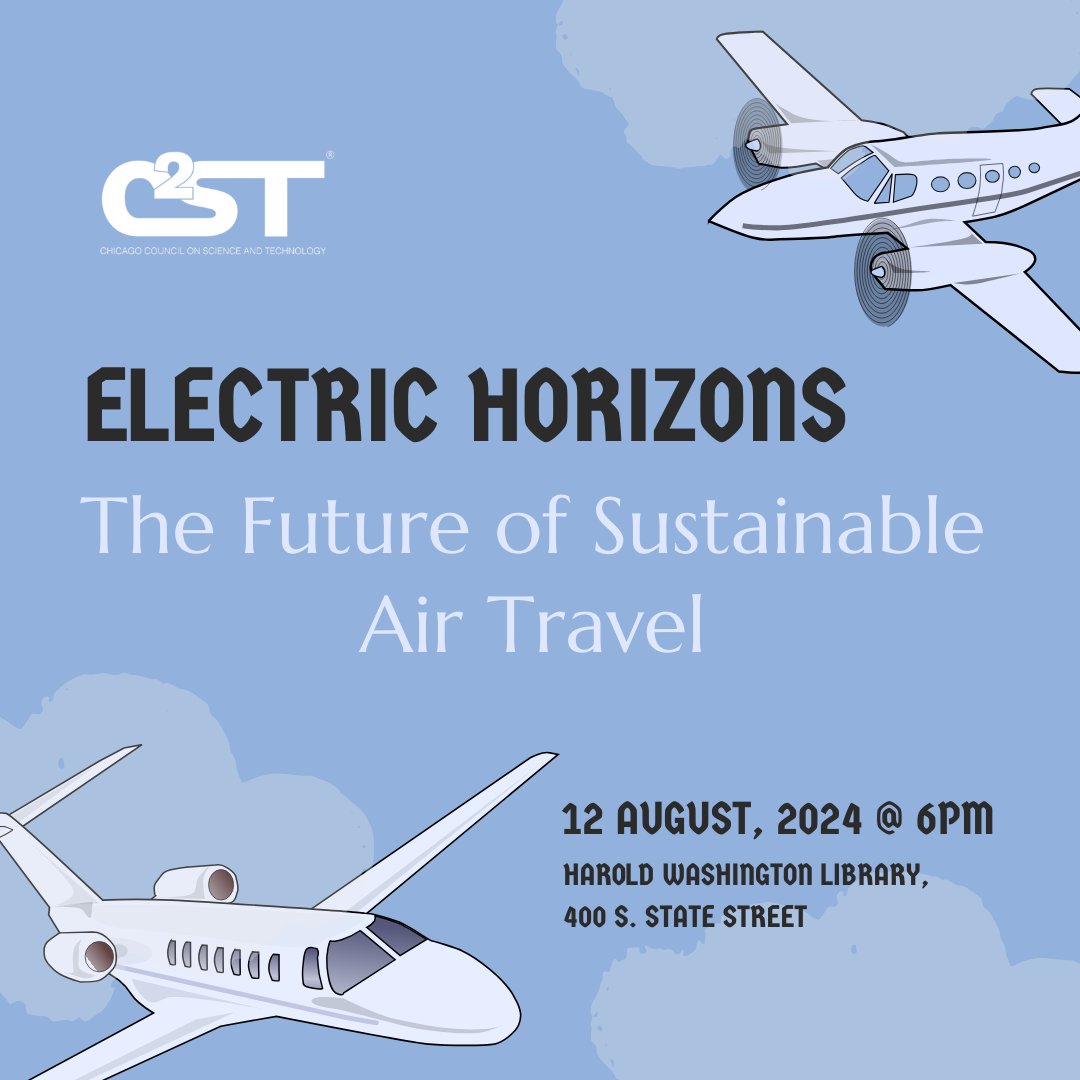Soaking Up Surroundings: Attitude Formation & Our Environment
By Vinchenzo Vassalotti, C2ST Intern, Loyola University
Much like a sponge, our experiences growing up, the people we meet, and the media we consume are all absorbed into our sense of self, values, and behavior. These values and how we express them, formally known as “attitudes”, are developed with and without intention. The intentional attitudes, those that we can outwardly express, are known as “explicit attitudes”. These attitudes are often expressed, via actions or verbal expressions, when one can give them thought and respond in a way that they perceive reflects their values or beliefs. “Implicit attitudes”, however, are buried deep within our unconscious. These attitudes are often expressed without thought and are spontaneous – formed in previous experiences and other uncontrollable influences.
